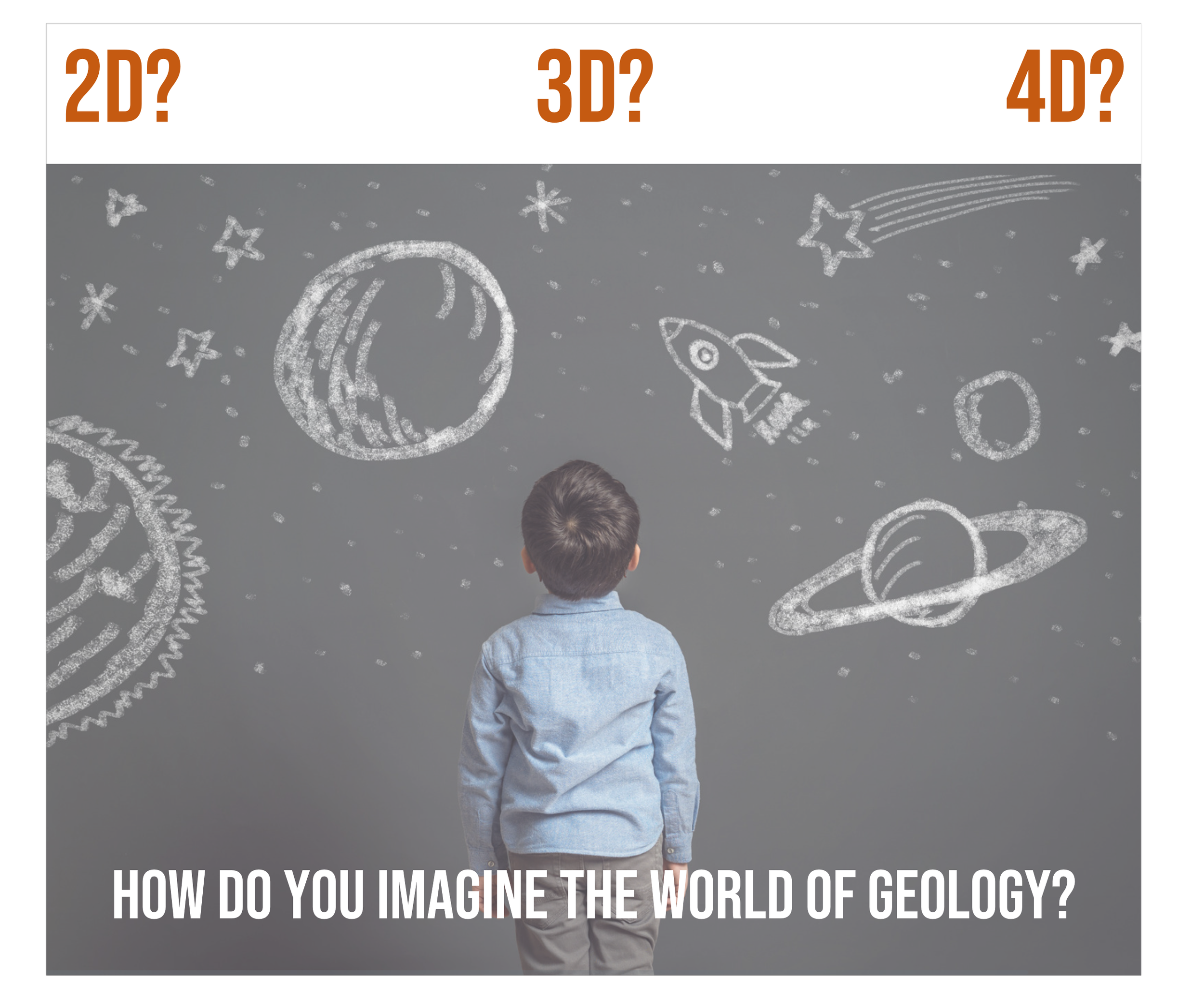The Good Explorationist
By ExploCrowd CEO Sidsel Lindsø
Background: This blog post is adapted from a talk I gave at the Exploration Seminar on October 23rd, hosted by the Norwegian Offshore Directorate. My presentation provided an overview of the Barents Sea Region with our technical insights from the area. However, this segment on ‘Exploration Philosophy’ resonated strongly with the audience, so I wanted to share it with you here.
First things first: We each think differently based on our experiences, motivations, and preferences. My thoughts on what defines a good explorationist and an effective exploration team, are based on my own observations and experiences in the industry.
A good explorationist differs significantly from a good development geologist
There is a distinct difference between work done by geologists in development and production and the work done by exploration geologists. Below, I outline some key differences in personality profile required for each discipline.
In my experience, frustrated geologists in exploration teams often find comfort, balance, and renewed motivation in the development department. while exploration-minded geologists may feel constrained in a production and development setting.
A good explorationist sees the world in 4D
Building concepts, linking small details observed in a well core to a broader context, and ensuring the solidity of hypotheses are all integral parts of exploration.
In my experience, we imagine the world differently. Here is my hypothesis on this:
50 % of geologists imagine the world in 2D – either in map view or cross-section through the earth.
25 % of geologists see maps and models in 3D. They connect dots spatially, visualizing subsurface geology, sands, and structures.
25 % of geologists see the maps and models in 4D. They can imagine the formation of a mountain chain over time when continents collide or envision how a droplet of oil might migrate through permeable layers over millions of years to end up trapped in a structure, waiting to be discovered.
Those in the final category bring an elevated level of idea generation, which helps ensure robust concept quality. These are the people you want on your team.
The Personality Profile of a good explorationist
In exploration, team success relies on integrating knowledge across disciplines, ensuring that every piece aligns with the broader picture.
Here’s my take on the personality traits that make a great explorationist:
The ability to share and integrate knowledge
Not all geologists are natural sharers–not due to reluctance, but rather because they may not see how their specific detail might make a difference.
Many teams benefit from an ‘Integrator’ role to facilitate cross-disciplinary sharing and understanding.
The ability to see the bigger picture
They must be able to develop hypotheses from limited or poor data, placing it within a larger scale context.
While many geologists enjoy perfecting details, focusing too narrowly can sometimes overlook how findings fit into the regional framework.
The importance of stamina
It requires both courage and years of stamina to champion a drill target with only a 12% chance of success and a potential cost of up to a billion NOK for an exploration well, convincing management to go elephant hunting.
Finding individuals with all these qualities is rare, making it challenging to build exploration teams. It requires effort to select people with the right dynamics to achieve outstanding results. My advice: leverage our differences and embrace diverse perspectives.
In Norway, we have a remarkable number of legendary explorationists, but it’s essential to cultivate the next generation before these legends retire.
A decade of downsizing exploration teams
2014: Due to Norwegian exploration incentives, over 50 oil and gas companies were operating in the country. However, the downturn began, causing disruption within the exploration community.
2016: As cuts deepened, even some of the most experienced profiles were laid off, though some exploration teams remained.
2020: Low oil prices and the pandemic spurred another wave of cuts. Most remaining companies merged their exploration geologists into development teams, aiming to focus on Infrastructure Led Exploration (ILX), targeting high-value barrels that could be plugged right into the existing production.
In an effort to sustain activity levels, the Norwegian government introduced tax reforms to keep this vital industry alive. However, these measures only incentivized the advancement of existing discoveries, limiting new exploration.
Currently, Norway’s exploration activity is decent, but with a primary focus on areas around existing fields, the results are predictable: high discovery rates but low volumes.
My recommendation: Explore more!
In my view, we must rebuild exploration departments, creating the optimal environment for explorationists to flourish and develop the bold ideas that will lead to the next major discoveries – those essential to keeping the industry strong also post 2028.
If we delay, it will be too late to prevent the anticipated downturn around 2028. Starting now will help mitigate this dip and stabilise industry activity.
In summary, here are my recommendations:
1. Rethink your exploration teams. Find the right people, create a trust-based environment that nurtures creativity, and embrace diversity of thought.
2. Encourage government support for stable framework conditions. This will help restore investor confidence in Norway again.
3. Adopt a 70 – 20 – 10 innovation portfolio approach in exploration.
4. Allocate budgets for exploration and aim high. Drilling bold, potentially transformative wells with a systematic approach is crucial.
One of the slides from the presentation delivered at the Barents Sea Seminar hosted by the Norwegian Offshore Directorate.





